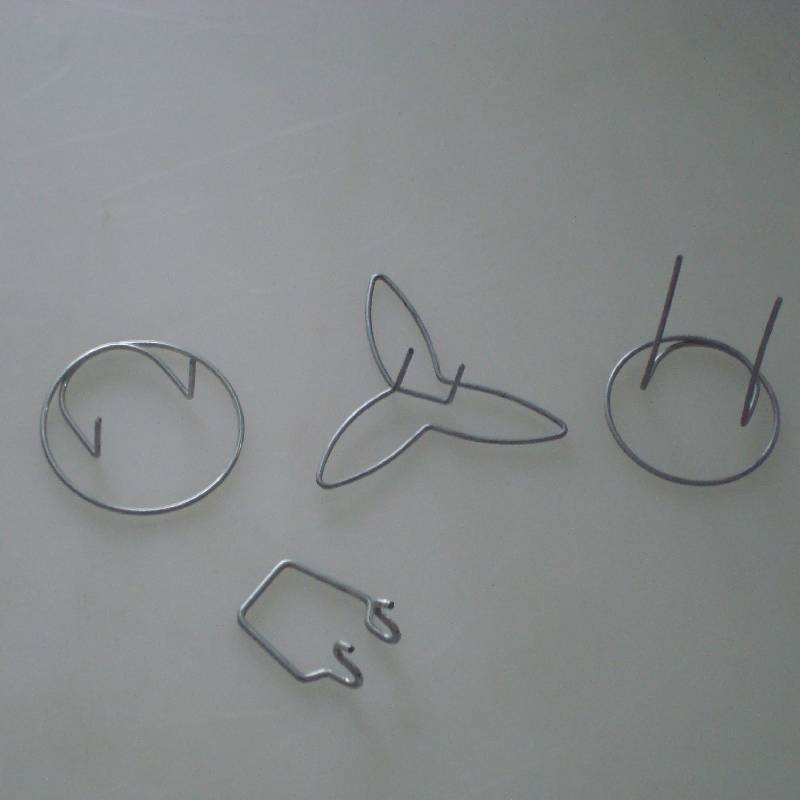
- Mobile Phone
- +8613931874955
- sales@cntcmetal.com
seismic brick ties
Seismic Brick Ties Enhancing Structural Integrity in Earthquake-Prone Areas
In regions vulnerable to seismic activity, the safety and durability of building structures become paramount. One of the critical components for ensuring stability is the method of brick tie installation. Seismic brick ties, specifically designed for earthquake-prone areas, play a pivotal role in maintaining the integrity of brick masonry during seismic events.
Understanding Brick Ties
Brick ties are metal elements used to connect brick walls to the structural frame of a building. Their primary function is to provide stability and resistance against lateral forces, which are crucial during earthquakes. Traditional brick ties may not adequately address the complex dynamics generated during seismic events; therefore, specialized seismic ties have been developed to enhance structural performance.
The Importance of Seismic Design
Seismic design principles aim to create resilient structures that can withstand the forces generated by earthquakes. The movement during an earthquake can lead to serious damage, particularly in unreinforced masonry. When bricks and mortar are subjected to these forces, the risk of collapse increases substantially. Seismic brick ties are engineered to mitigate this risk by reinforcing connections between masonry walls and the building framework.
Features of Seismic Brick Ties
Seismic brick ties differ from conventional ties in several significant ways
1. Material Strength Seismic ties are typically made from high-strength steel, allowing them to endure greater stresses without failure. Their design minimizes the risk of bending and breaking during an earthquake.
2. Flexible Design Many seismic ties offer a degree of flexibility that allows for slight movements during seismic events. This flexibility can help absorb shock and reduce the likelihood of catastrophic failure.
3. Improved Load Distribution Seismic ties are designed to distribute loads more evenly across the masonry structure. This reduces concentrated stress points that could lead to cracks or structural failure.
seismic brick ties

4. Enhanced Connection Techniques The installation methods for seismic ties often employ advanced techniques, such as using specific anchors and fasteners that offer better performance under seismic loads.
Code Compliance and Implementation
As awareness of seismic safety has increased, building codes have evolved to incorporate specific requirements for brick ties in new constructions and retrofits. Architects and engineers are now required to select and implement seismic brick ties that comply with the latest guidelines established by local and international building standards.
Ensuring proper installation practices is crucial as well. The effectiveness of seismic brick ties depends significantly on their correct placement and anchorage. It is therefore essential for construction teams to be trained in contemporary installation methods and to adhere strictly to manufacturer specifications and building codes.
Benefits of Seismic Brick Ties
Incorporating seismic brick ties into masonry construction offers several benefits
- Increased Safety By ensuring that brick walls remain attached to the structural frame during an earthquake, contractors can significantly reduce the risk of wall collapse.
- Cost-Effectiveness While adding seismic ties may increase initial construction costs, the long-term savings associated with reduced damage and lower repair costs after an earthquake can be substantial.
- Resilience Buildings designed with seismic ties can better withstand the aftereffects of earthquakes, leading to quicker recovery and reduced disruption to the community.
Conclusion
The integration of seismic brick ties into building design is a vital step toward enhancing structural integrity in earthquake-prone areas. By understanding their importance, features, and benefits, builders and homeowners can make informed decisions that prioritize safety and resilience. As technology advances, the development of new materials and designs for seismic brick ties will continue to evolve, paving the way for even safer living environments in seismically active regions. Investing in these innovative solutions today can help safeguard lives and properties, ensuring that communities remain robust in the face of natural challenges.
share:
-
Yard Sign Stakes: Reliable Guardians of Outdoor SignsNewsAug.04,2025
-
Wall Ties: Invisible Guardians of Building StabilityNewsAug.04,2025
-
Resilient Web: The Super Guardian Power of Concrete MeshNewsAug.04,2025
-
Masonry Accessories: A versatile assistant on building foundationsNewsAug.04,2025
-
Iron Binding Wire: the 'invisible reinforcement specialist' in the fields of architecture and industryNewsAug.04,2025
-
Dynamic Spring: The diverse functions and excellent performance of Wire Tension SpringNewsAug.04,2025
-
Your Source for Concrete Wall Ties and Masonry AccessoriesNewsJul.10,2025



















